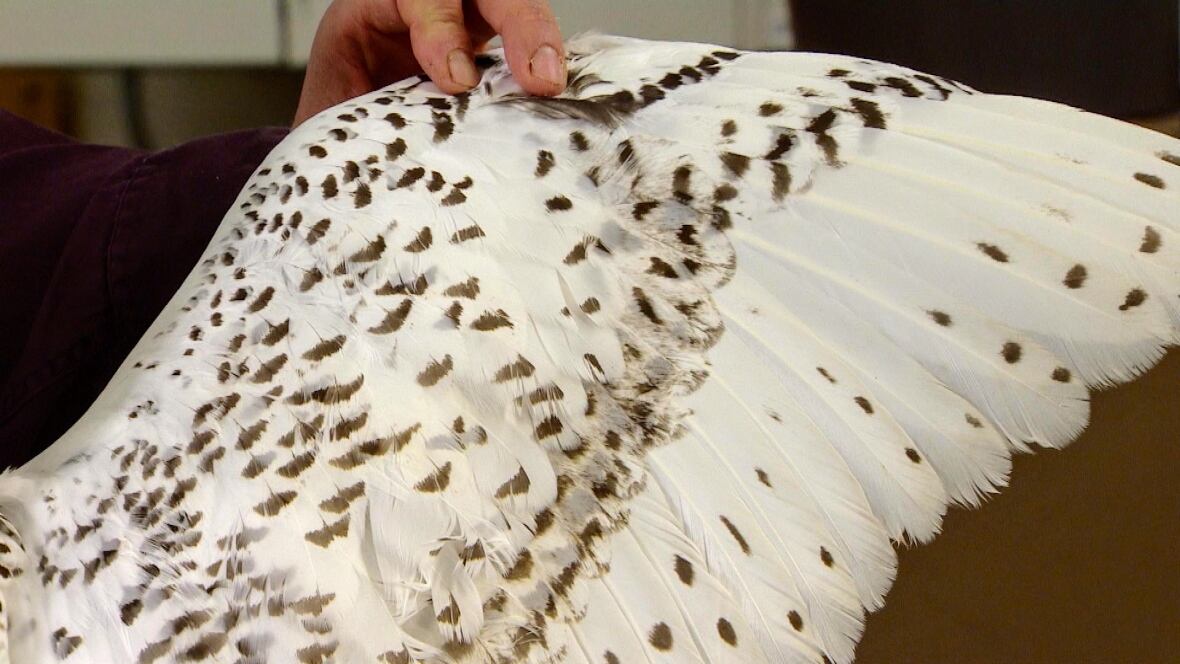Take a behind-the-scenes look as the Royal B.C. Museum prepares an owl specimen for research
The museum has more than 80,000 bird specimens stored in drawers

Every year, the Royal B.C. Museum collects and preserves many species of animals and birds — not for display, but for research.
The animals are stuffed for long-term storage in drawers to be used by researchers studying everything from chemicals to eating habits to food supply.
According to the museum's website, the ornithology collection "contains over 101,861 vertebrate specimens, in a wide range of life history stages from eggs, eggshells, bird nests, preserved embryos and newly hatched or neonate animals to fully adult individuals."
CBC News got a special behind-the-scenes look at how the museum prepares the birds — in this case, a male snowy owl.
The process
The museum says the owl died naturally in 2012 on the coast of B.C., north of Tofino.

First the owl's innards are removed so the skin and feathers can be used for many years.
The tissue is then saved for DNA and other purposes.

The spots on the wings denote the owl's young age at death.

Cleaning is a simple process — in this case involving just soap and water.

Museum staff have to ensure the feathers are dry before the specimens are stuffed.

The museum's collection of specimens is a body of research more than 100 years old.
About 450 species of birds are represented in its� collection, with more added every year.

The specimens are loaned out for a variety of study and research purposes.
